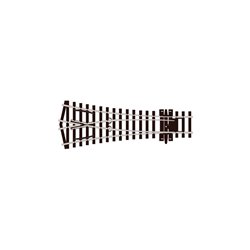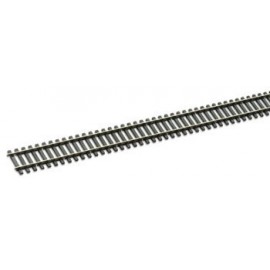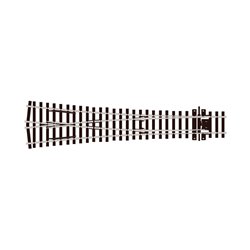In theory, the only limit to the width of your layout is the amount of space you have available. The reality is...
No products
Product successfully added to your shopping cart
There are 0 items in your cart. There is 1 item in your cart.
Search Tips
Christmas and New Year
We are dispatching orders every weekday apart from Christmas Day, Boxing Day and New Year's Day.
If you order is time critical, select next day delivery at checkout.
The shop in Sandown is closed from 25th December, reopening on 30th December.
Is finescale track better than standard track?
When evaluating whether finescale or standard track is the better option for your model railway pursuits, there are several key considerations to make.
Standard track, adhering to long-established industry norms and dimensions set forth by the major manufacturers, ensures broad compatibility with an extensive ecosystem of rolling stock, accessories, and existing layouts within our jolly hobby. Opting for standard track minimises potential integration issues, making it a reliable choice if seamlessly incorporating new elements into an established setup is a priority.
Finescale track, while a more recent innovation, offers enhanced scale fidelity compared to its standard counterparts. The rail profiles and gauges are modelled with greater accuracy to their real-world prototypes, lending an air of realism. However, this increased realism comes at the cost of reduced universal compatibility - finescale track may present challenges when used in conjunction with older models or accessories designed around standard specifications.
For your purposes, the ideal choice depends largely on your priorities as a modeller. If achieving the highest possible level of prototypical realism is the principal objective, and you are prepared to navigate potential integration complexities, finescale track presents a compelling option that dedicated fine-scale modellers often find worth the extra effort.
However, if seamless compatibility with an existing collection or commercial ecosystem is of paramount importance, standard track remains a professional-grade solution benefiting from decades of broad industry support and interoperability.
Ultimately, there is no universally superior option - finescale and standard tracks each excel in their own regard. Carefully weighing your specific requirements around realism, compatibility, and the unique needs of your layout will allow you to make the most appropriate choice for your professional model railway pursuits.
Click here to receive the tips weekly in your mailbox. You can unsubscribe at any time.










